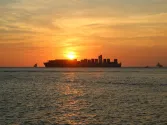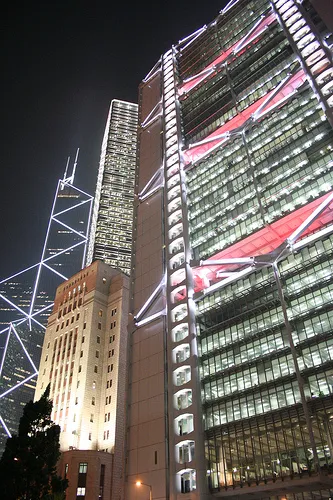
This is what HSBC's China stake restructuring does to its capital position
It increases HSBC's 2013 fully loaded Basel III core Tier 1 ratio by 80bp to 11.5%.
Here's more from Barclays:
Capital strength: HSBC is widely considered to have a strong capital position, but the actions of some national regulators have raised concerns about the geographic distribution of banks' capital. We do not see this as a cause for concern for HSBC and, in this report, show that it is well capitalised across its footprint.
Recent restructuring enhances the capital position both by geography and for the group overall. Anticipating an 11.5% fully loaded Basel III core Tier 1 ratio, more than 15% underlying earnings growth and close to a 6% dividend yield in 2013, we maintain our Overweight rating and HK$90 price target.
Well capitalised in all geographies: Increasing protectionism from national regulators has curtailed international banks' ability to move capital and liquidity across borders. Most recently, the Fed has put forward proposals increasing its ability to regulate the operations of foreign banks in the US.
We find that HSBC's subsidiarised legal structure means that little adjustment will be needed and that it is already well capitalised in both its overseas businesses and in the UK.
Restructuring further improves capital position: The sale of HSBC's US cards business in 1H12 and the more recently announced plans to restructure its China stakes further enhance the company's capital position.
This not only benefits the Group core Tier 1 ratio – we estimate that the restructuring of the China stakes increases HSBC's 2013 fully loaded Basel III core Tier 1 ratio by 80bp to 11.5% – but also adds to the capital strength of the US and Asia businesses. In the US this capital surplus is partly being used to accelerate the reduction in the size of HSBC Finance Corporation.
Strong dividend outlook: Although the China stake restructuring leads to a loss of associate earnings we continue to expect a significant pick up in the dividend to US$60c in 2013. At 56%, the payout ratio is within the 40-60% range targeted by management and we believe that the dividend is further supported by the strong capital position.




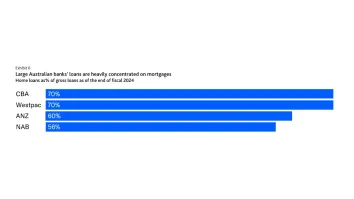





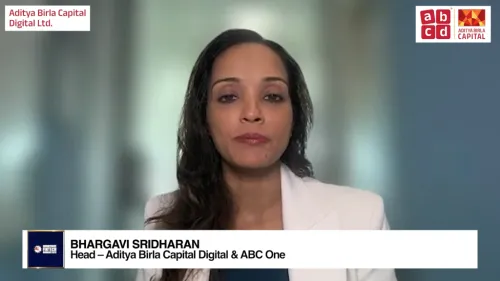




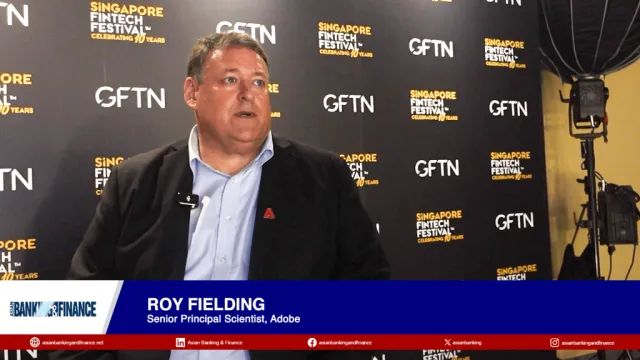



 Advertise
Advertise






